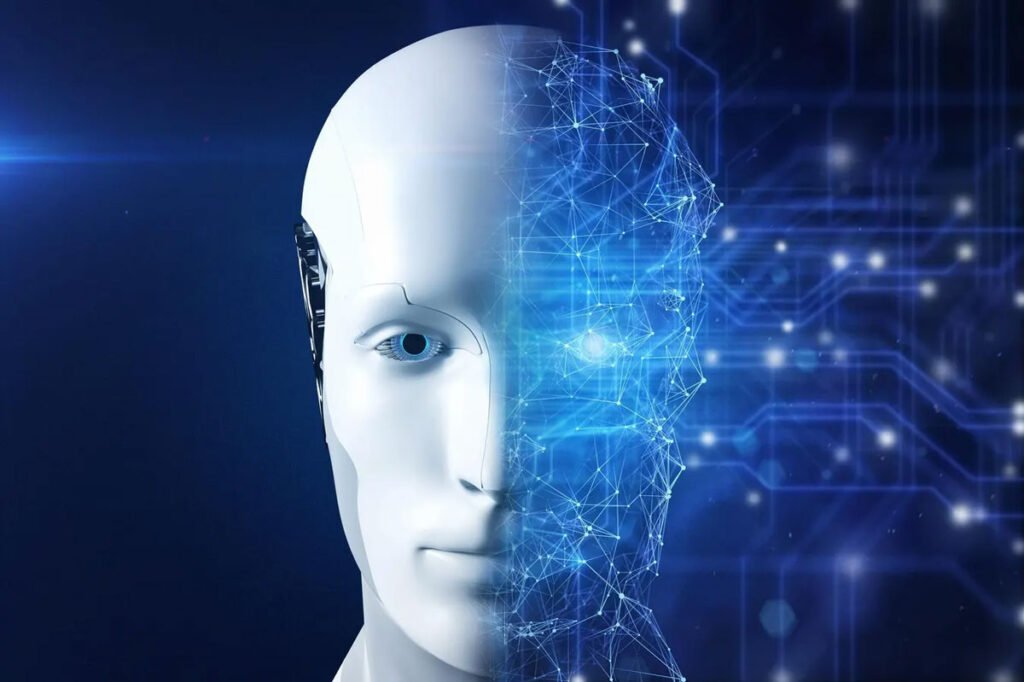Table of Contents
ToggleIntroduction: What is Ponas Robotas?
Have you ever heard the term “Ponas Robotas”? It’s a Lithuanian phrase that literally means “Mr. Robot,” but its significance stretches far beyond a simple translation. Today, it has become a powerful symbol in our ongoing conversation about the future.
This concept isn’t about a single, tangible machine. Instead, it represents the intricate and ever-deepening relationship between humanity and the realms of robotics and artificial intelligence. It’s a framework for understanding how automated systems are becoming woven into the very fabric of our society.
As we venture into an era defined by technological partnership, grasping the essence of Ponas Robotas is crucial. It’s a story of relentless innovation, human adaptation, and the exciting, sometimes challenging, redefinition of what it means to be human.
The Three Faces of Ponas Robotas: Worker, Companion, and Mirror
First, we encounter Ponas Robotas as the Worker. This is the tireless, efficient force quietly revolutionizing industries. Think of automated assembly lines or AI that sifts through mountains of data—these are the robots performing tasks with a level of precision and endurance that humans simply cannot match.
Then, we meet the Companion. This role brings robotics directly into our homes and personal lives. These are the machines that assist the elderly, help educate our children, and provide daily support, offering a touch of programmed empathy that enriches our lives.
Finally, Ponas Robotas serves as a Mirror. In this role, it reflects our own societal values, our greatest ambitions, and even our deepest fears. By creating these intelligent systems, we are inevitably forced to ask profound questions about ourselves and the world we are building.
The Brains Behind the Brawn: The Role of Artificial Intelligence
What truly powers every Ponas Robotas? The answer is artificial intelligence (AI). This is the invisible engine that transforms a machine from a pre-programmed gadget into an autonomous, thinking entity.
Technologies like Machine Learning grant robots the ability to learn from experience, much like we do. Natural Language Processing allows them to understand our words and speak back, while Computer Vision gives them the gift of sight.
These AI components work in concert to form the cognitive core of modern robotics. They are what make these machines so adaptable, intelligent, and increasingly capable of handling tasks of immense complexity.
Ponas Robotas in Action: Transforming Industries and Daily Life
The influence of Ponas Robotas is no longer theoretical; it’s visible everywhere. In manufacturing, robots have become the backbone of production. In healthcare, they are assisting surgeons in the operating room and helping patients on their road to recovery.
Beyond the factory and hospital, logistics and agriculture have been fundamentally altered. Automated systems now manage vast supply chains and help optimize how we grow our food. This wave of change has even reached our front doors, with smart home devices and robotic vacuums becoming part of our daily routines.
These examples are just a glimpse of the versatility of Ponas Robotas. They highlight a growing ability to enhance efficiency, improve safety, and bring new levels of convenience to our professional and personal worlds.
The Human Element: Navigating the Economic and Social Shifts
The rise of Ponas Robotas is not without its challenges, particularly when it comes to economic and social structures. The automation of labor is undeniably shifting the job market, making some traditional roles obsolete while creating entirely new professions in fields like robot design and AI ethics.
This ongoing transition demands a new emphasis on uniquely human skills—creativity, critical thinking, and emotional intelligence. As a society, we are learning to adapt to a new reality where humans and intelligent machines must work in partnership.
This integration also requires social adjustments. We are collectively learning how to interact and coexist with non-human entities in our communities, our workplaces, and our homes.
The Ethical Compass: Addressing the Challenges of a Robotic Future
As Ponas Robotas grows more capable, it brings with it a host of complex ethical questions that we can no longer ignore. Critical issues of data privacy, the potential for algorithmic bias, and the question of accountability are now at the center of the debate.
We are also faced with profound philosophical quandaries. What happens if a machine develops consciousness? Should it have rights? The answers to these questions will define the moral landscape for generations to come.
It is imperative that we establish clear, robust ethical guidelines and regulations for AI and robotics. This is the only way to ensure these powerful technologies are developed and used responsibly, for the benefit of all.
The Next Chapter: What Lies Ahead for Ponas Robotas?
The story of Ponas Robotas is still being written. The next chapter promises even more incredible advancements, including the development of emotional AI that can perceive and respond to human feelings.
We can also expect to see robots take on a greater role in exploring new frontiers. Imagine machines venturing into the depths of our oceans or the far reaches of space, pushing the boundaries of human knowledge.
The ultimate vision is one of a future where human-robot collaboration is not just possible, but seamless. A future where intelligent machines act as true partners in our collective journey of progress.
Conclusion: Embracing a Collaborative Future
Ponas Robotas has evolved from a simple phrase into a symbol of a global transformation. It is a concept that touches on our technology, our culture, and our philosophy, representing our greatest ambitions and our most pressing concerns.
By understanding its many facets, we can better prepare for the world that is taking shape around us. The journey of Ponas Robotas is, in many ways, our own journey into a future we are building together.
Embracing this collaborative future requires us to be thoughtful, to be ethical, and to share a commitment to creating a world where both humans and robots can not only coexist but truly thrive.













